Part 2 – Technology In The Field
Image Quality
Image quality is perhaps the single biggest priority for landscape photographers looking to print large. To be sure, lenses and shooting techniques are a huge component of producing high quality images. But the quality of the imaging electronics inside a camera puts an absolute ceiling on what is possible. The imaging sensor combined with the internal processing engine determine the limits of any camera. The A7RII sensor, as we’ve touched on, is in many respects ground breaking and its output doesn’t disappoint. It produces stunningly sharp images, capturing ultra fine details like grass, sand, and distant leaves with remarkable clarity. Well crafted images from the A7RII can comfortably make gallery quality prints up to 30×45 inches. That’s bigger than most of us need or want. But the camera doesn’t exist in a vacuum, and the competition, as in Canon’s 5DS R and Nikon’s D810, can produce prints of similar size. What differentiates the Sony from the Canon in particular is the remarkable dynamic range and amount of clean information in the shadows, a trait shared by the D810 which also uses a Sony sensor.
While resolution determines the print size, dynamic range determines how much contrast a camera can capture. For landscape photography, where sunrises and sunsets are a mainstay, dynamic range is one of the most important factors in determining image quality. Both the Sony and Nikon cameras have a dynamic range near 14 stops, which is about 2 stops more than the Canon. Given that a typical sunrise or sunset might range 16 stops or more between the brightest clouds and deepest shadows, it becomes apparent that dynamic range is often a limiting factor in landscape work. While none of the cameras can completely record the most contrasty scenes in nature, the Sony sensors are currently the best thing going. With careful exposure, the A7RII produces remarkably deep image files and rarely looses highlight or shadow information. This allows for a tremendous amount of highlight and shadow recovery in post processing, approaching what was only possible through multiple exposure HDR technique just a few years ago.
The image Capitol Sunrise is a nice demonstration of the A7RII’s wide dynamic range capturing an extremely high contrast scene. The Utah desert sun was about to break the horizon, creating an intense glow in the eastern sky, while the foreground remained in deep shadow. This is a typical example of a landscape scene that would push the limits of many cameras and result in clipped highlights and blocked shadows. The images for the three frame panorama were taken at ISO 100, and 1/40 second at f/11, resulting in somewhat washed out but recoverable highlights and very dark shadows that none-the-less retained all details. The stitched panorama was processed to taste in Lightroom, raising the shadows and lowing the highlights each about 1 stop, and then adding saturation to restore washed out colors. The shadows were only raised a fraction of what was possible because I wanted to keep the foreground darker to retain the sense of brilliance in the sky. The shadows have clean detail into the darkest recesses and the highlights have subtle gradations even near the rising sun. Click on the crop to see a 50% detail that shows the full contrast range of the the image. The depth and detail in the image file are remarkable.
Another example that pushes both the limits of dynamic range and higher ISO noise is the image Radiant Winter Night. This image, taken in frigid Colorado air at over 11,000 feet, was challenging because the landscape was illuminated only by the moon while the cabin was aglow with LED lights. To complicate matters, the exposure needed to remain below 30 seconds to avoid noticeable star trails. I settled on shooting at ISO 800, with the exposure set to 25 seconds at f/8. This pushed the highlights to the very edge, retaining most color and detail information in the brightly lit cabin, except for the bulb seen through the door window. In post processing, the shadows were raised about 3 stops to bring out the moonlit landscape, the cabin highlights were brought down slighty, and the color was corrected. Minimal noise reduction and sharpening was used. Looking at the 100% crop, there is some subtle, fine grain noise visible in the moonlit snow, but the image is remarkably clean given that it’s a long exposure ISO 800 image, pushed three stops. This image would have been difficult to make with any other camera I’ve used. These examples demonstrate the quality and remarkable flexibility of the image files produced by the Sony A7RII. They are a direct result of the technologies incorporated in the new sensor design.
There is quality in spades, but no camera is perfect. The one image quality area where I think Sony has room for improvement is in the processing engine. The JPEGs are actually very good and rival post processed raw files for sharpness and detail. The problem is that the raw files themselves show signs of processing, including possible spatial noise reduction and sharpening. There are also reports around the web that the camera automatically applies Sony lens corrections to raw files. In other words, the raw files aren’t truly raw. The spatial noise reduction seems to be applied by the processing engine with bulb exposures longer than 30 seconds, even at base ISO, and has the potential to destroy pixel level detail such as stars in nightshots. The Sony also seems to apply some sub pixel level sharpening to the raw files, presumably to compensate for lens diffraction at smaller apertures. As a result, adding post process sharpening quickly over emphasizes the noise structure at the pixel level and gives smooth areas of an image a reticulated appearance. I’ve found that some A7RII files need to be sharpened with a gentle touch.
Finally, there’s the desire for a lossless compressed raw format that’s been drifting around the web almost since the camera’s introduction. When the camera was released, the only raw option was for a lossy compression format. This resulted in compression artifacts in limited situations. To their credit, Sony quickly addressed the lossy compression issue with a firmware update that provides the option to save uncompressed, lossless raw files. The 16 bit files are 84MB a pop, and could stand to go on a diet with a lossless compression format. But since the only area where you’re likely to see artifacts from the default lossy raw files is around contrasty highlights against a dark background, such as in night shots, I don’t expect Sony to provide a lossless compressed raw option any time soon. To be fair, these are somewhat nit picky shortcomings that would be negligible in the vast majority of images. On the whole, with regard to image quality, the yeas outweigh the nays by a considerable margin.
IBIS and Electronic First Curtain Shutter
One measure of a tool is its range of possible applications. In photography, that range is often called a shooting window. The shooting window is limited by the camera’s technical abilities, its ergonomics, build quality, and the photographer’s skill. The fewer limitations your equipment has, the bigger the shooting window will be, increasing the chances of getting satisfying shots. As we’ve already seen, the high dynamic range and low noise of the A7RII makes it suitable for a wide range of field work. But there are other aspects to the camera that also enlarge the shooting window, in particular the in body image stabilization and electronic first curtain shutter. Combined, they make it possible to shoot hand held and get acceptably sharp results with a 42 megapixel sensor, something I hadn’t even considered possible a year ago. I’m primarily a landscape photographer and almost always shoot on a tripod. In fact, if you read my article on image sharpness, you’ll see I claim that a good tripod is more important than a good lens. It’s still true, but with exceptions. There are times when the shooting window doesn’t allow for a tripod.
On a recent visit to the Escalante Canyon region of southern Utah, I found myself in a deep and dramatic slot canyon on a gusty day. The whistling wind was blowing up dust devils above and sand was raining down, threatening to fill eyes, ears, and camera crevices with abrasive grit. The windows of calm were so brief that there was no time to set up a tripod and compose, rather I had to take the camera out a few seconds at a time for hand held shots in the reflected, indirect light of the slot. To compound the problem, the narrow confines required a small aperture to get everything in focus. Rather than crank up the ISO, I depended on image stabilization and electronic first curtain shutter to get the shot. The Zebra Slot image was taken hand held at ISO 200 and f/13 at 1/6 second. It’s the sharpest frame of several taken, so IBIS is not infallible. Still, this shot wouldn’t have been possible without it and demonstrates how some technologies really expand your range of options.
Lenses In Focus
When Sony introduced the first full frame E-mount cameras, there was vocal dissatisfaction about the lack of native lenses. While it was possible to adapt other manufacturer’s lenses, autofocus was marginal at best. Sony has since filled in some gaps in its native lens selection, including adding some professional grade glass. The game changer, however, came in the form of the A7RII’s focal plane phase detect autofocus system. The AF combined with the camera’s short flange distance, make it possible to mate the camera with a dizzying array of lenses, including most lenses from Canon and Nikon, and get good autofocus performance. Add IBIS to the mix, and you have the largest selection of stabilized optics available for any camera, period. This alone enlarges the potential shooting window of a system with the A7RII at its core.
But landscape photographers are usually a slow and ponderous bunch, having little need for fast autofocus. It’s the fact that the phase detect autofocus is on the imaging sensor that directly benefits landscape work. Focal plane AF is more accurate than the separate phase detect autofocus modules employed in DSLRs. My experience with the A7RII confirms this assertion. The camera’s autofocus rarely misses. Even when double checking the focus in magnified live view with focus peaking, I find that the AF pretty much nails it every time. I cannot say this about my Canon 5DII, which has a noticeable miss rate. Of course, you can use the contrast detect AF available in live view on a DSLR to gain the same accuracy, which is indeed what I’ve done for years. But it’s a slow and round about method, which works when the camera is on a tripod, but not so much during hand held shooting. The accurate and fast autofocus of the Sony expands the shooting window, making imaging both quick and precise.
While the Sony can be mated with a wide range of lenses, an early criticism of the camera was that there were too few native lenses. Native lenses can be desirable because of the additional features they provide, such as eye tracking autofocus. Indeed, Sony’s FE mount lens line up is still thin compared to Canon and Nikon. But they have made progress, recently adding three fast, pro grade G Master lenses to the line up. What are notably absent from the lens selection are pro grade, compact lenses. In the beginning, one of the appeals of the camera was its small size. For landscape work, getting to location sometimes means carrying gear a long way through rugged terrain. Having a smaller lighter camera seemed the obvious choice. But the available lenses somewhat diminish the size advantage and there are clear compromises with regard to handling. Lenses for a given focal length can be made smaller, if they have smaller apertures. For landscape work, where small apertures are often used to maximize depth of field, a bright lens is a unnecessarily large, heavy, and expensive. If Sony were to make a few smaller pro grade f/4 lenses and improve the layout and quality of its external controls, then the camera’s small size would be more of a distinct advantage.
Electronic View Finder
There is considerable discord between DSLR traditionalists and new mirrorless converts regarding the benefits and limitations of electronic view finders. Since this is a landscape photography review of the A7RII, I’m not going to list the pros and cons of each system, but look at how the EVF functions in the field. Because of phone and compact cameras, photographers have become accustomed to using the rear LCD to compose, holding the camera at arms length while shooting a photo. This is a big fail, if you’re serious about getting the sharpest images possible. Using a view finder provides a third point of stability when shooting without a tripod. Also, in some situations, the rear LCD screen can be difficult to see and the view finder provides an alternative in bright and contrasty conditions. Consequently, having a big and accurate view finder is important in any camera destined for work outdoors. The only question is which is better for landscape work, an optical view finder or an EVF?
While camera technology has improved dramatically over the last decade, human vision is still unmatched in its ability to handle high dynamic range, depth, and details in a larger context. A large part of the art of photography is learning to see as the camera sees, and there is nothing better for this purpose than previewing the image on an LCD screen or EVF. The EVF, like the rear LCD, gives you a live preview of what the image actually looks like. Through an EVF, you see what the cameras sees, which is often quite different from what the eye sees. It allows for adjusting composition and exposure in real time, before taking the shot. With an optical view finder, you compose, shoot, review, adjust, compose, shoot, review, etc.. The EVF in the Sony also allows for an overlay of useful information for landscape work, such as a histogram or level, as well as the ability to use focus peaking when manually focusing a lens. Through an optical view finder, manually focusing a wide angle lens accurately can be an exercise in futility. The A7RII EVF is big, the largest in any digital camera at the time of its release, and accurate, matching the rear LCD in color and contrast. Though very fine grained, you can see the pixels in the EVF while composing, and it doesn’t render fine detail quite as well as an optical view finder. On balance, however, I find this a reasonable trade off, given the advantages. When needing to shoot hand held, the A7RII electronic view finder has proven itself to be an incredibly useful and now indispensable tool.
Ergonomics
The A7RII is a small camera and ergonomics are its weakest area. From a physical stand point, the camera can be unbalanced with many pro grade lenses. As mentioned, Sony is not immune to the laws of physics, and bright lenses that cover a full frame sensor are going to have similar sized optics as the DSLR competition. This makes gripping the camera and operating the controls a bit insecure. While this is a non issue for tripod use, I decided to add a hand strap to my camera to help with hand held shots. Even so, I still have to pay attention so as to not mistakenly press the wrong controls. The control dial on the camera back has a light, plasticity feel that is too easy to push and too difficult to turn. Six months on, I still find myself inadvertently changing the ISO, aperture, or display settings, which are closest to where the thumb naturally rests. Given the diminutive size of the camera, the button layout on the back could use some reworking and the quality of the control dial could be upgraded to match the rest of the camera.
As for the camera’s menu, let me be blunt, it sucks. And from some reports, it used to be worse. I can only imagine. Various settings for stills, videos, camera customization, etc., are sprinkled throughout 6 menu categories and 28 tabs. I have yet to see much rhyme or reason in Sony’s choices. It seems as if Sony started with a simple menu long ago, and as cameras got more complex and features were added, the list just got tacked on to the bottom of the existing menu instead of reorganizing. I understand that people become accustomed to doing things a certain way and Sony doesn’t want to rock the boat with its legacy customers, but there’s nothing intuitive about the current menu and it needs a serious do over. That said, the camera is highly customizable, with most of its external buttons capable of being assigned a specific task. Also, the onscreen Functions menu can be customized to give quick access to a dozen different camera settings. This makes it possible to operate the camera and mostly avoid hunting around in the main menu.
Final Thoughts
The Sony A7RII packs a lot of technology into a small package that works well in the field, but with a few caveats. There are the ergonomic issues I just mentioned, namely cluttered and tight rear controls, a terrible menu organization, and a lack of smaller pro grade f/4 lenses. There are two other shortcomings worth mentioning, that affect all types of photography. First, the camera has only a single card slot. When you’re in the field, you need backup. Having dual card slots that can mirror the data is a must for most pros. Second, as has been variously reported, the battery life is short because it’s small and the camera is always in live view when it’s turned on. A larger battery and a second card slot would, of course, make the camera it little larger. Perhaps, that’s not a bad thing.
On balance, the incorporated technologies combine to make the A7RII a flexible and precise landscape camera. In body image stabilization and electronic first curtain shutter provide the ability to hand hold the camera in many circumstances and capture images sharp and detailed enough to print to gallery sizes. It has me trying more compositions where a tripod simply isn’t practical, expanding my range of creativity, which is always a good thing. The autofocus system is a joy to use because it’s fast and accurate. It misses so rarely and gives such confidence that I find little need to review and magnify every image as I’ve done in the past. The focal plane AF also means that there is an incredible range of lenses available, allowing me to keep working with my favorite Canon glass. The little Sony focuses my Canon lenses faster and more accurately than my 5DII. It’s liberating to not be locked into a system because of an investment in glass. The electronic view finder is big and accurate, helping preview and adjust images under difficult lighting conditions. It also provides useful information in real time, such as the histogram for accurately adjusting exposure. All these things combine to make the A7RII one of the most flexible photographic tools I have ever used. But none of it means anything without image quality to match.
The quality, depth, and detail in the image files are tremendous, broadening the camera’s shooting window. The first time I looked at the images on screen, I was mesmerized by the sheer amount of detail. But what really sets the images apart for landscape work is the flexibility of the files. At base ISO, the camera’s 14 stops of dynamic range nears the ability to capture the full range of a high contrast sunrise or sunset in a single exposure. With that level of dynamic range, it’s possible to raise the shadows two, three, or even four stops with barely a hint of noise, and still maintain subtle gradations in the highlights. The new BSI sensor seems to have defied conventional wisdom by delivering 42 megapixels of detail without an apparent penalty in dynamic range or image noise. I would prefer it if Sony’s internal processing would be lighter with raw image data, but subtle artifacts show up only in very limited circumstances. On the whole, the sensor technology Sony have developed for the A7RII adds to the camera’s flexibility and enlarges the shooting window, making it an excellent tool for landscape photography.
Post Script
Cameras are highly personal tools that need to fit with a photographer’s needs and shooting style. Some of that shooting style may be habit from years of working with one brand or another. Change sometimes comes hard. There are things that I prefer about the Canon or Nikon gestalts that I wish Sony would incorporate. But there are also aspects to the new Sony that make it harder to enjoy my current Canon. The Sony is no doubt innovative and produces wonderful results. Whether the A7RII is the right camera for you is a personal decision. If it seems to meet your technical needs, give it a test drive and see if it also strikes a chord.
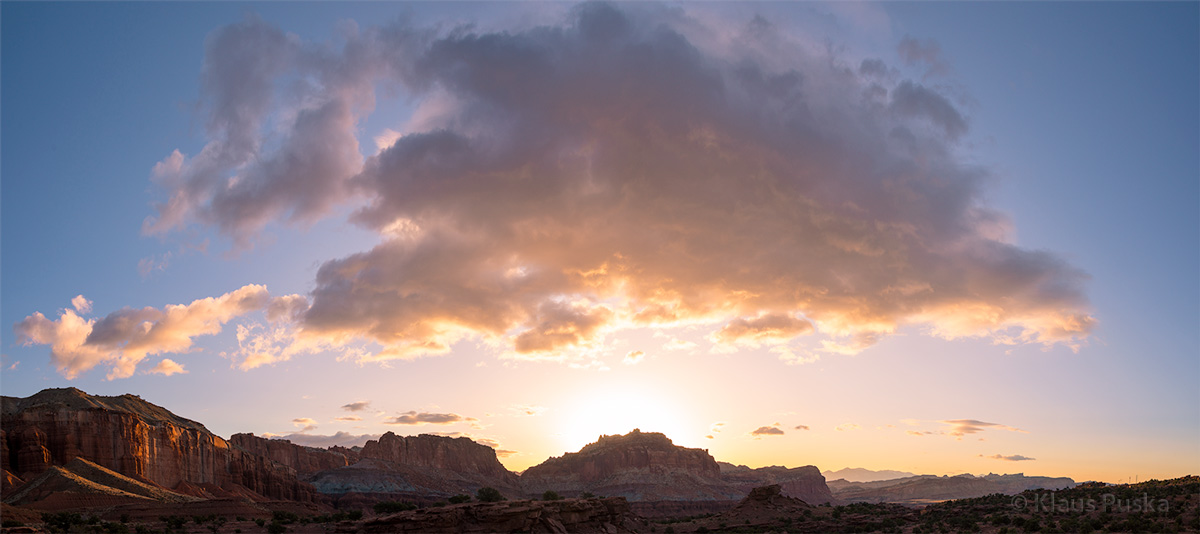
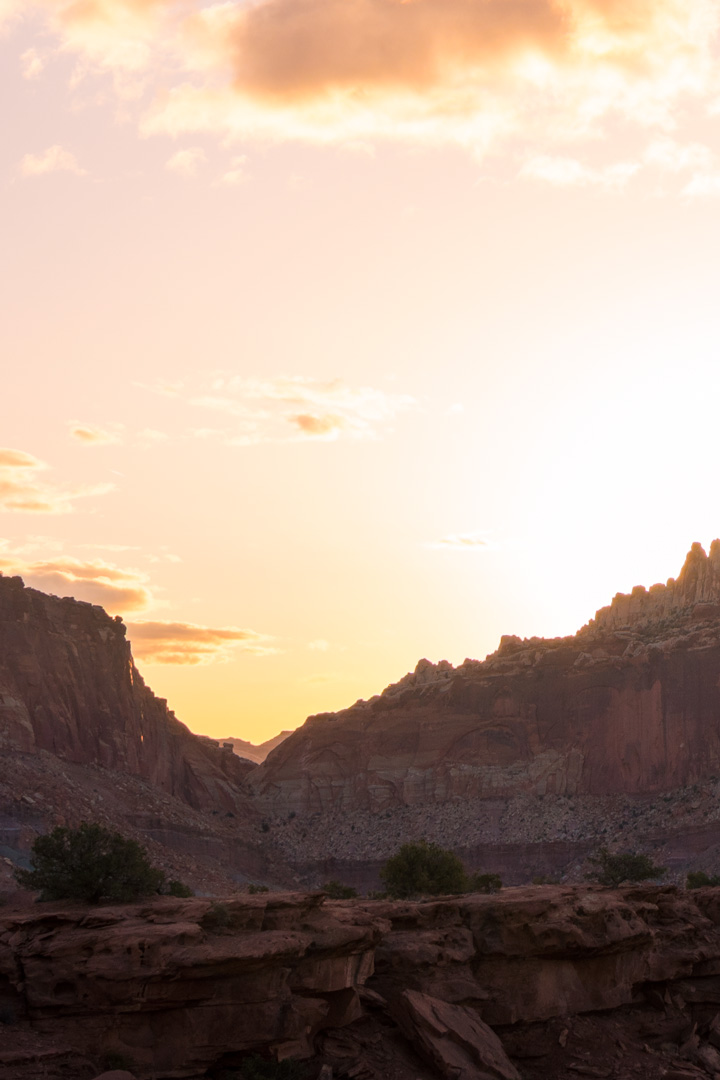
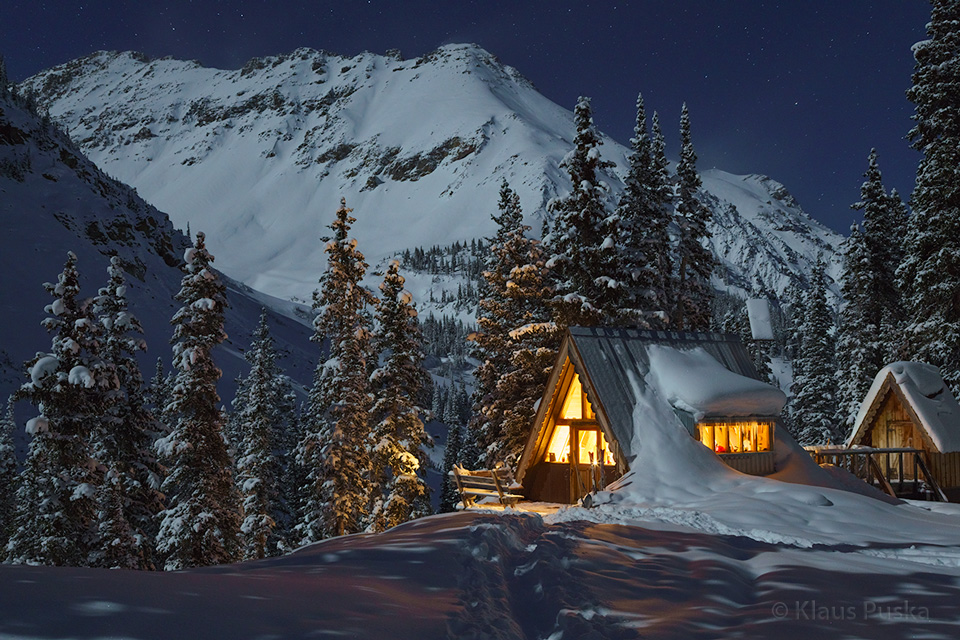
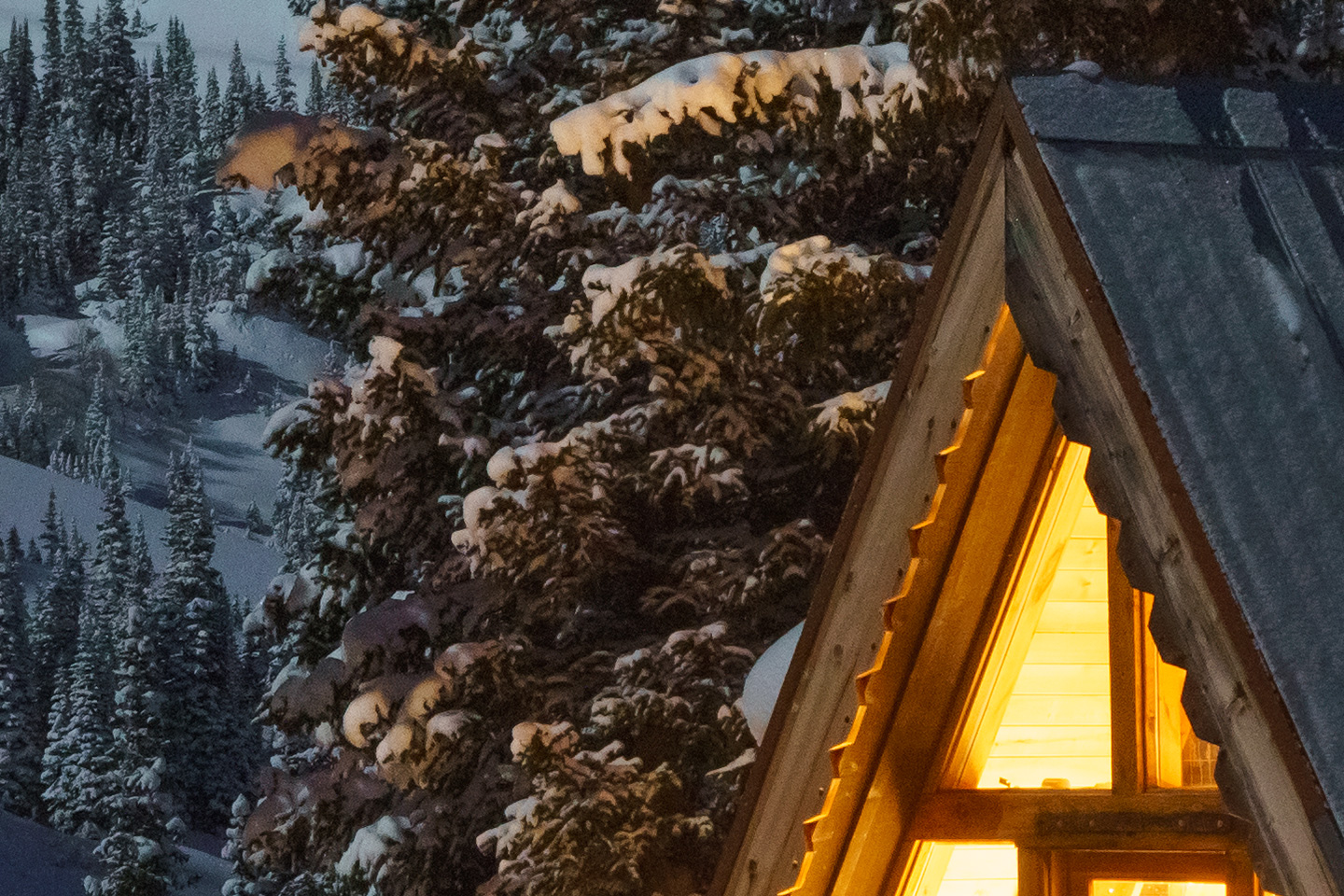
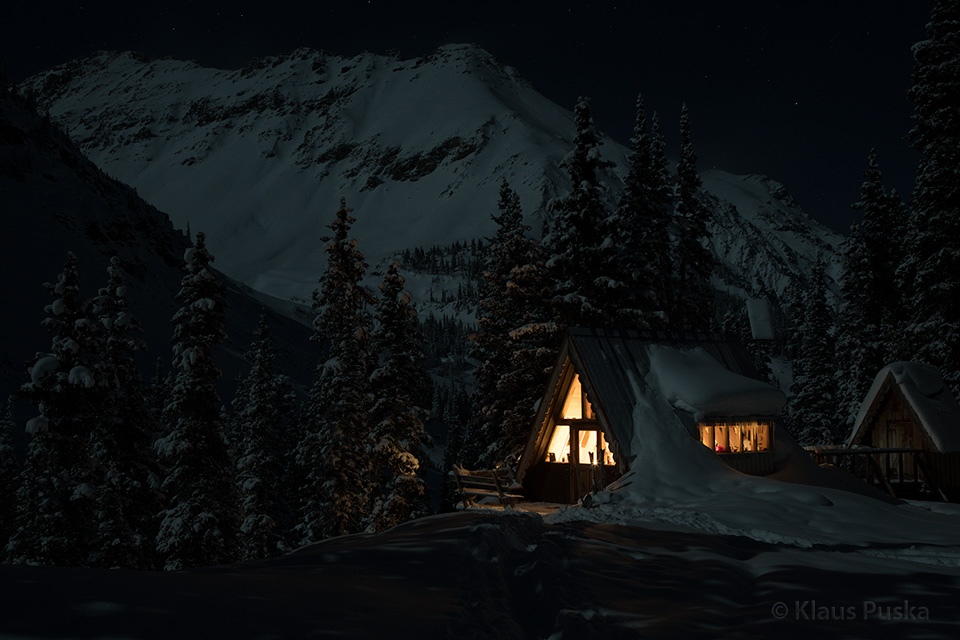
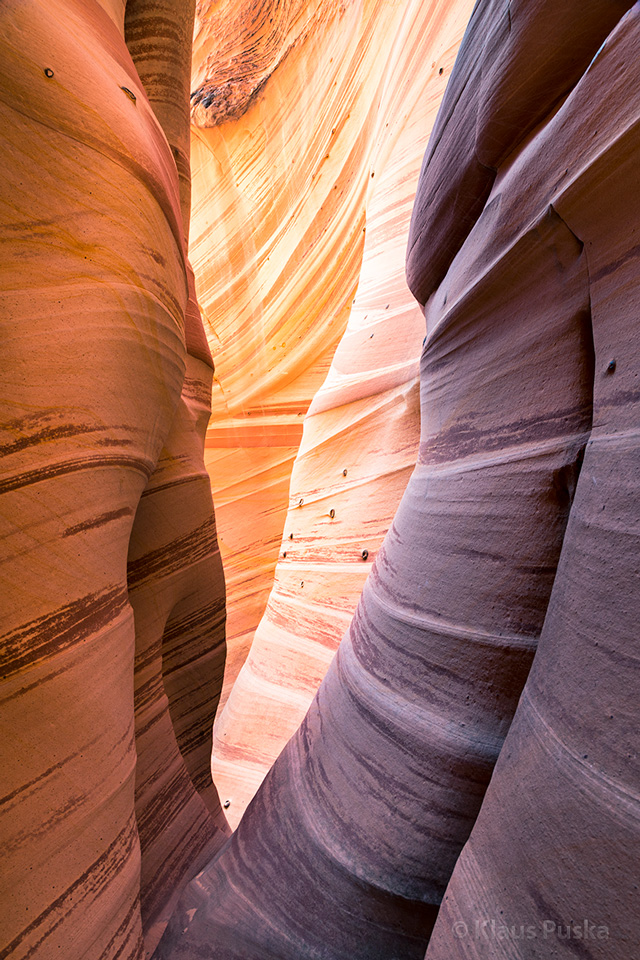
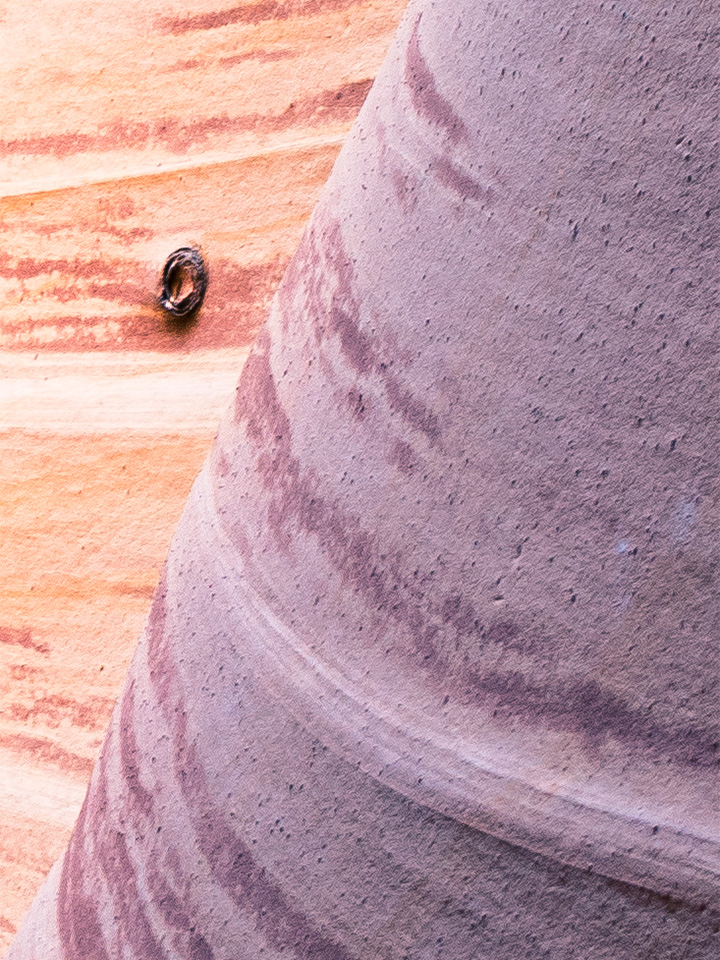
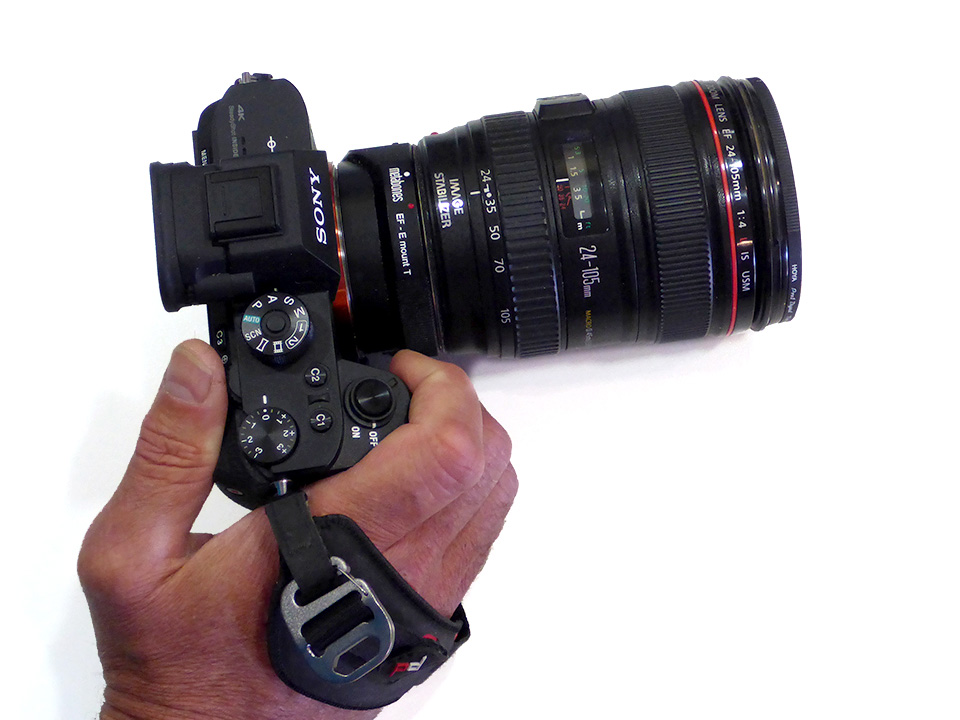
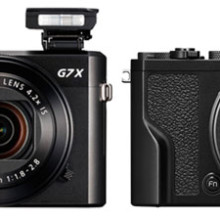
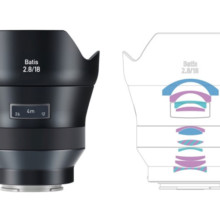
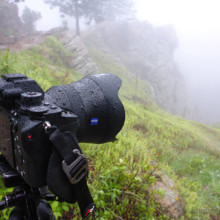
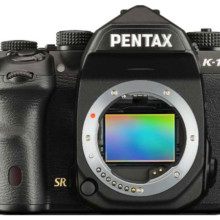
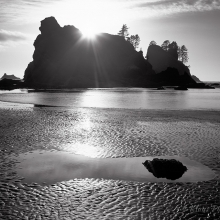
Thank you for that review,
I am really happy not to be alone with my feelings (love and hate several times the same day…)!
I have switched to Sony one year ago, mainly because of the possibility to use legacy glass and as a kind of best of both worlds between my Nikon and MFT gear. In fact, I am still in transition phase, but will stay with the Sony A7RII and its system.
I also would desperately wish for professional F4 lenses (would really love the Vario-Tessar 24-70 IF IT WAS A PROFESSIONAL QUALITY SHARP lens). The problem to me seems to be: Sony tries hard to be accepted by pros and therefore now has released some pro grade lenses (G Master). But neither the quality feeling of the body nor the haptical/working aspects (speed, fuzzy controls, awkward menu, battery life, dwarfish body as an appendix behind a giant lens) can compete with a Nikon D810, Canon 5DIII, etc., so pros needing fast glass still will not overly like the system. For amateurs or landscape and macro photographers these lenses are far too big and clunky and expensive. But to be fair: I like the Vario-Tessar 16-35 quite a bit, it is surely superior compared to my previous Nikon 16-35 and it is noticeably smaller. To bypass the standard zoom range problem, I use an A-mount Vario-Sonnar 24-70 (BIG & HEAVY) with adaptor, which, stopped down, is visibly better compared to the Vario-Tessar. But this is not my wish constellation, the size is awkward.
One thing has not been mentioned: the sensor dust problem. It is FAR more pronounced compared to my previous Nikon system, where the sensor is hidden behind mirror and shutter curtain, but also much more pronounced compared to my Olympus OM-D E-M1.
Thanks again and best regards,
Uwe
Excellent review this is one of the cameras I’m looking to upgrade to thank you